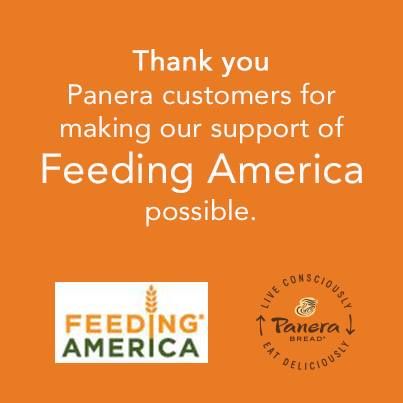When developing and implementing a purpose-driven marketing strategy, you want it to be as robust as possible. One of the ways of doing that is to engage with a non-profit, academic or other third-party organization that has a mission related to your brand’s social purpose. When facilitated properly, these collaborations can be mutually beneficial: increasing funding for the non-profit, helping your company realize business objectives, and enhancing the reputation of both partners.

The Benefits of a Relationship With Non-Profits and Others
Creating a positive relationship with a non-profit, academic or other third-party organization has the potential to yield a variety of benefits:
Third Party Credibility:
Having a visible partnership with a well-respected non-profit can generate increased credibility for your purpose-driven brand. By working with a credible organization aligned with your brand, you will demonstrate that you are ‘walking the walk’ and that your social purpose isn’t solely a marketing ploy.
Relationships On The Ground:
Non-profits come with a variety of strong grassroots relationships, from which corporations can learn about target demographics, key pain points and engagement opportunities.
Knowledge Of The Space:
Non-profits have a deep knowledge and understanding of their core issue areas, and can share those insights with your organization.

How to Make Sure Your Partnership is Mutually Beneficial
For a partnership to be successful, both parties need to benefit equally. In this article by the Stanford Social Innovation Review, the authors explore “the benefits and pitfalls of partnerships between non-profits and businesses, and how to do it right.” They provide useful tips for creating authentic marketing campaigns between non-profits and corporations, and how the right alignment can create endless “opportunities for mutually beneficial cause marketing campaigns.”
At a minimum, there are three important considerations:
1. Set clear guidelines, goals and roles:
Make sure you document clear guidelines and goals, as well as roles and responsibilities for the two partners. For instance, many non-profits seek general funding for expenses such as administration costs, while many corporations prefer to fund specific campaigns and events.
2.Share necessary resources:
Each organization will have a variety of resources the other doesn’t have access to. Share them with each other to ensure both parties are well-equipped to move forward.
3. Monitor accountability & collaboration:
Use the goals you set at the outset to monitor and assess whether the partnership continues to be effective and beneficial. Ensure strong communication protocols to make sure both organizations are accountable to their commitments, have what they need to be successful, and are reaching their goals.

Examples of Successful Partnerships
A number of high-profile corporations have successfully partnered with non-profits. A few notable examples:
1) Panera/Feeding America
Panera, a nationwide restaurant in the US, partnered with Feeding America to battle food insecurity across the country. They did so by donating food, time and funds, using social media to spread the message across a variety of platforms.
2) DoSomething.org/H&M
H&M, a youth clothing retailer, partnered with DoSomething.org, a youth-focused non-profit, to engage their target demographic in recycling clothing and sustainable fashion, a cause directly related to their organization.
3) ChildFund/TOMS
TOMS’ ‘one for one’ program — where, for every pair bought, one pair of shoes is donated to a child in need — is done in partnership with ChildFund, a non-profit dedicated to improving children’s lives.
Partnering with a non-profit can not only help increase knowledge, credibility and relationships, it facilitates giving back in a way that directly relates to your mission and values. It all comes down to clear expectations, communication and genuine collaboration.
It’s worthwhile keeping a partnership in mind as you advance your efforts as a social purpose brand. After all, as individual companies we can achieve great things, but as partners, we can often achieve so much more.
If you’ve had some good learnings

